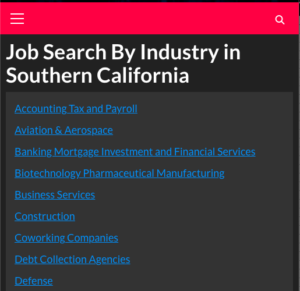Software asset management (SAM) for Microsoft server licenses is crucial for compliance, cost optimization, and efficient operations. Here are some best practices and tools to consider:
- Best Practices for Microsoft Server License SAM:
- Inventory and Discovery:
- Maintain an accurate inventory of all servers and their installed software.
- Regularly discover and track software installations, including Microsoft server products.
- License Entitlements:
- Understand your licensing agreements and entitlements.
- Keep track of the number of licenses purchased and allocated.
- License Reconciliation:
- Regularly reconcile installed software with purchased licenses.
- Identify any gaps or overages.
- Documentation and Policies:
- Document SAM processes, roles, and responsibilities.
- Establish SAM policies and guidelines.
- Regular Audits:
- Conduct internal audits periodically.
- Prepare for external audits by maintaining accurate records.
- Automated Tools:
- Use SAM tools to automate discovery, inventory, and reconciliation.
- Microsoft offers tools like Microsoft Endpoint Manager, Azure Policy, and Azure Resource Graph for asset management.
- Inventory and Discovery:
- Microsoft Tools for SAM and Audits:
- Microsoft Endpoint Manager (MEM):
- Combines Configuration Manager (Config Manager) and Intune for unified endpoint management.
- Helps manage software inventory, compliance, and licensing.
- Azure Policy:
- Audits and restricts services users can provision in your environment.
- Azure Resource Graph:
- Queries and discovers resources within Azure subscriptions.
- Azure Monitor:
- Creates rules to trigger alerts when non-approved services are detected.
- Microsoft Endpoint Manager (MEM):
Remember that SAM helps optimize costs, ensure compliance, and enhance security. Leveraging Microsoft tools simplifies the process and ensures effective management of server licenses!



